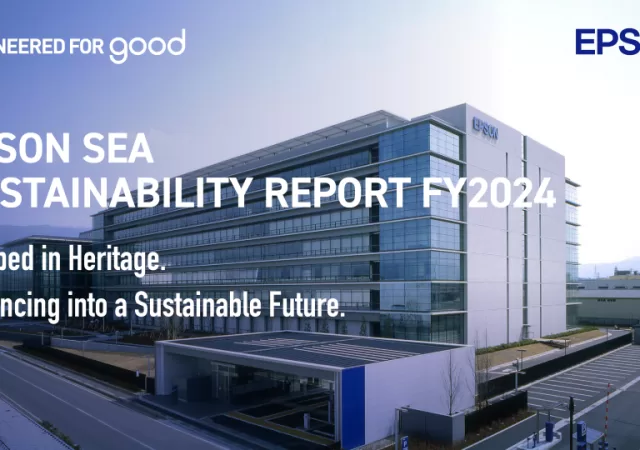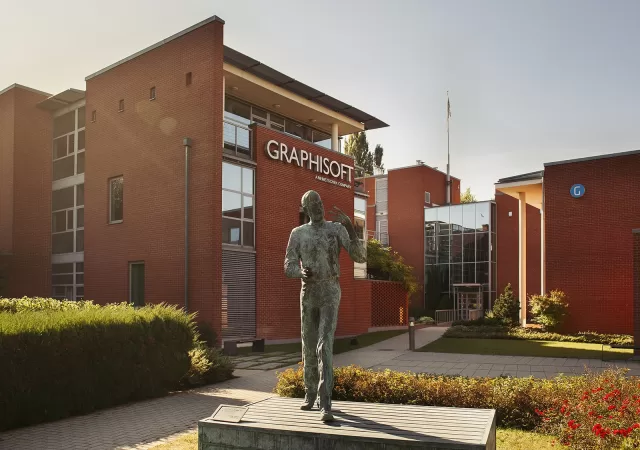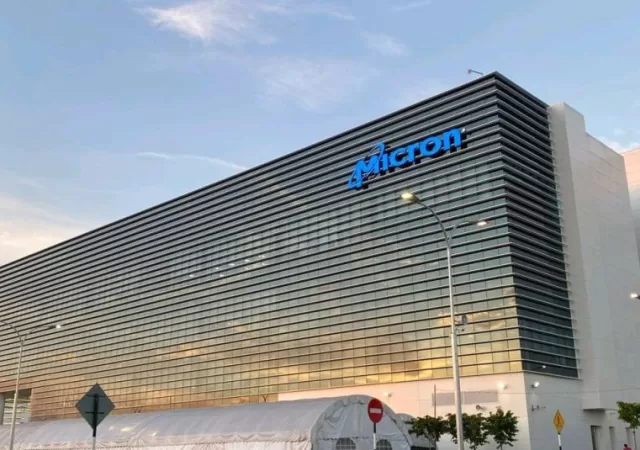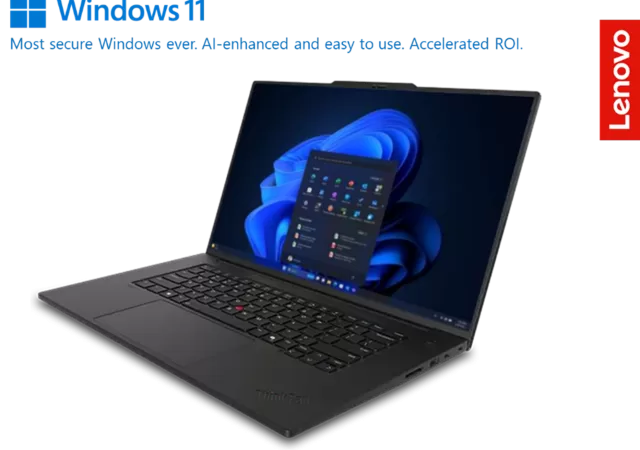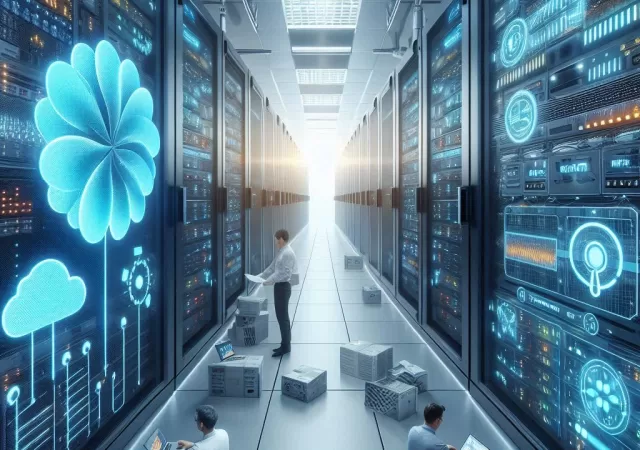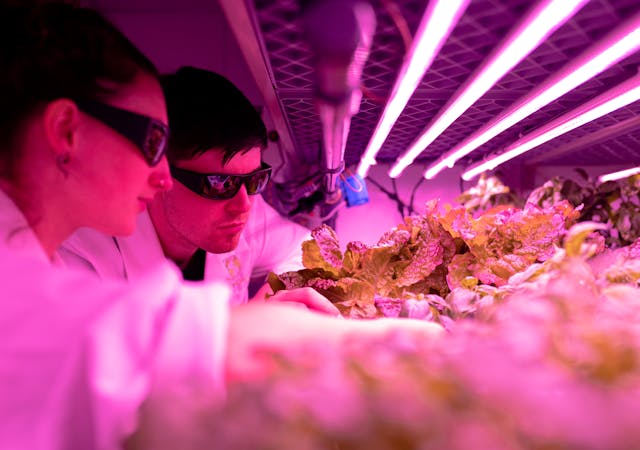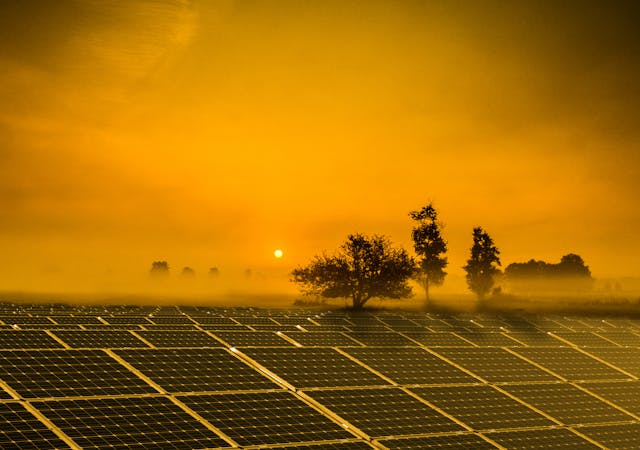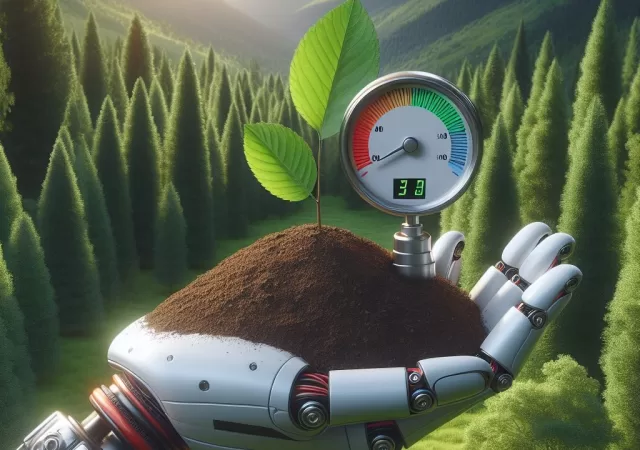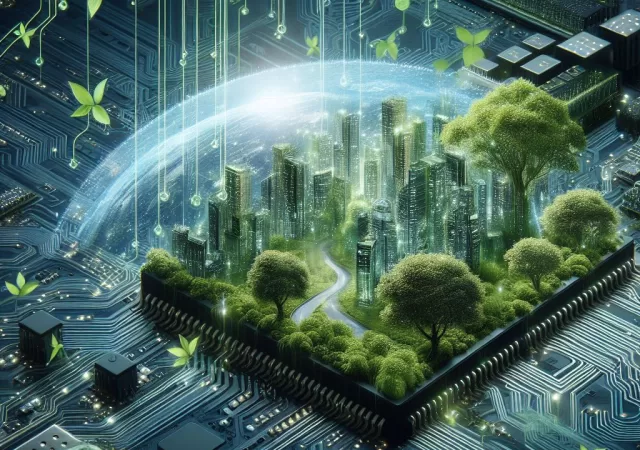Epson is showing concrete progress towards sustainability in its Fiscal Year 2024 Southeast Asia (SEA) Sustainability Report. This progress is seen across its operations, contributing to decarbonisation, waste reduction, and community upliftment.
Grab Makes Travel More Eco Friendly with Grab EV
Grab Malaysia has officially launched its first fleet of electric vehicles (EVs) dedicated to airport transportation, a significant step in the company’s commitment to promoting sustainable mobility and contributing to Malaysia’s green economy. The new service, called Grab EV, was…
Graphisoft is Designing the Future with Mindful Integration of Generative AI, Sustainability and Effiency
Graphisoft is designing a digitized future for the AEC industry with mindful integration of Generative AI and bringing key tools to the cloud to enable more collaborative workflows.
Beyond Moore’s Law: Micron’s Pursuit of Sustainable Innovation
Micron is leading the industry not just with technology, its leading the way when it comes to creating an impact with sustainability. We sat down with Mr Amarjit Sandhu to learn more.
Why Your Business Needs An Effective Sustainability Strategy
This article is contributed by Varinderjit Singh, General Manager, Lenovo Malaysia It’s vital that we look after the planet for future generations, but that’s not the only reason to implement a sustainability strategy within your organisation. Cutting emissions, embracing the…
Sustainability for the AI Future Needs to Start with Data Centres
Data centres are going to be the backbone of a digitised future. As such, their sustainability is becoming an increasingly important factor for companies.
Sustainability Cannot Exist Without Innovation, & Vice Versa – Here’s Why
Dell Technologies weighs in on why innovation and sustainability must go hand-in-hand in light of the recent 2030 Asia Pacific SDG Progress Report.
Modern Energy Systems: Malaysia’s Road To Clean Energy
Carbon neutrality, sustainability and meeting energy demands are key issues that Malaysia has to address in its sustainability journey. Huawei Digital Power weighs in on the energy trilema.
Lenovo Deploys an AI Engine Streamlines Sustainable IT Solutions for Businesses with LISSA
Lenovo announces LISSA an AI model to help companies achieve their sustainability goals with systematic insights and actionable data.
AI and Environmental Sustainability – A Symbiotic Relationship
Explore the game-changing potential of AI and its impact on industries and economies. Discover how data processing and data centre performance are crucial for leveraging this transformative technology.



